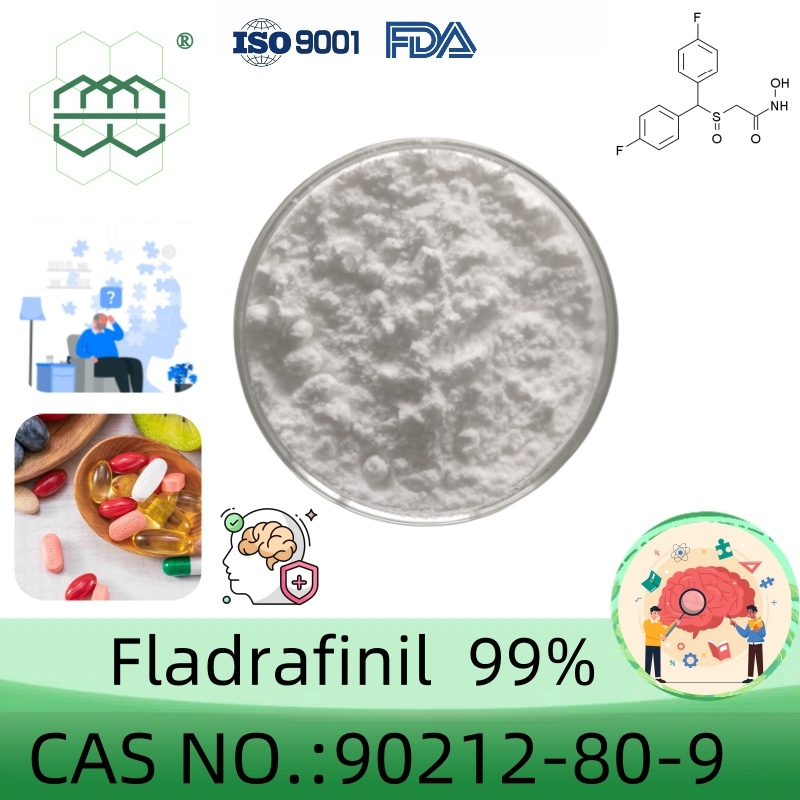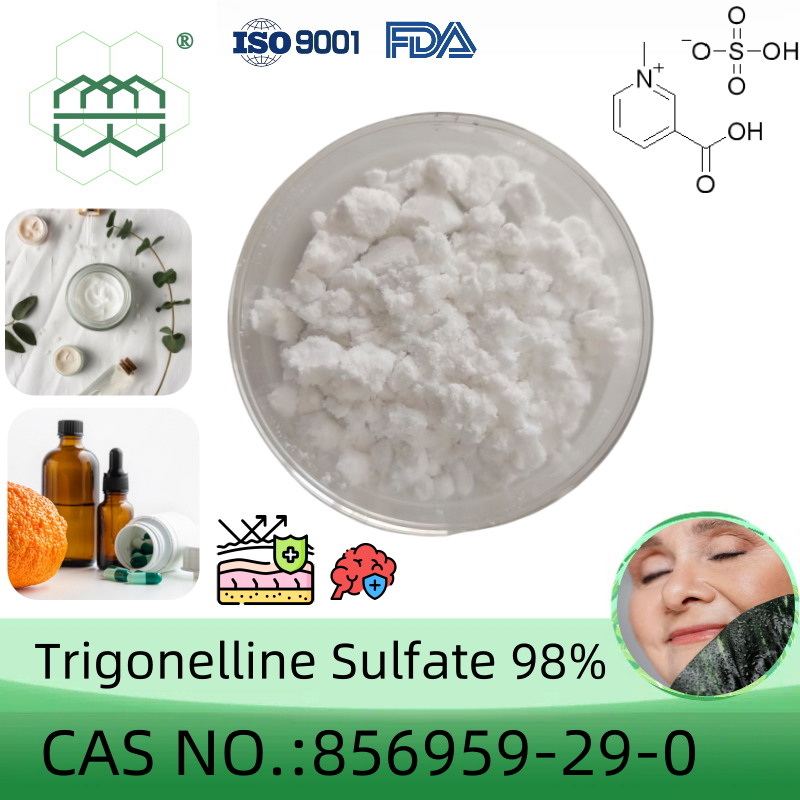-
Categories
-
Pharmaceutical Intermediates
-
Active Pharmaceutical Ingredients
-
Food Additives
- Industrial Coatings
- Agrochemicals
- Dyes and Pigments
- Surfactant
- Flavors and Fragrances
- Chemical Reagents
- Catalyst and Auxiliary
- Natural Products
- Inorganic Chemistry
-
Organic Chemistry
-
Biochemical Engineering
- Analytical Chemistry
-
Cosmetic Ingredient
- Water Treatment Chemical
-
Pharmaceutical Intermediates
Promotion
ECHEMI Mall
Wholesale
Weekly Price
Exhibition
News
-
Trade Service
In recent years, the concept of health to enhance the body's immunity has gradually taken root.
The main health function of probiotic health food is to enhance immunity, so it quickly enters thousands of households, and the online and offline sales volume are among the best
.
Probiotic health food ushered in the golden period
of development.
Strictly manage the use of strains
Wang Hesong, secretary-general of the Health Care Advisory Service Working Committee of the China Health Care Association, said in an interview with the "China Consumer News" reporter that the strains used in probiotic health foods must be strains released by the regulatory authorities that can be used for probiotic health foods, and there are sufficient research data and scientific consensus to support their health care functions
.
According to relevant regulations, the probiotic strains listed in the "List of Probiotic Strains that Can Be Used for Health Food", "List of Strains that Can Be Used for Food", "List of Strains that Can Be Used in Infant Food" and new food raw materials approved by regulatory authorities can be used to declare health food
.
As early as 2001, China issued the "List of Probiotic Strains That Can Be Used for Health Food", which includes Bifidobacterium bifidobacterium, Bifidobacterium infantis, Bifidobacterium longum, Bifidobacterium breve, Bifidobacterium youth, Lactobacillus deuteri Bulgarian species, Lactobacillus acidophilus, Lactobacillus casei casei subsp.
casei, Streptococcus thermophilus, Lactobacillus
reuteri.
From 2010 to 2011, the former Ministry of Health successively issued the "List of Cultures That Can Be Used for Food" and "List of Cultures That Can Be Used for Infant and Young Children's Food", which contain 21 strains and 6 strains of 4 strains
respectively.
In 2013, after the implementation of the Administrative Measures for the Safety Review of New Food Raw Materials, 16 strains that could be used for food and 8 strains
that could be used for infant food were successively approved and published.
On August 25 this year, the National Health Commission updated the "List of Bacteria That Can Be Used for Food" and "List of Bacteria That Can Be Used for Infant and Young Children's Food", and adjusted the classification and naming of some strains in the list
.
A two-year transition period
will be set for strains in the list that involve species classification and naming adjustments.
Wu Chongming, a researcher at Tianjin University of Chinese Medicine, said in an interview with China Consumer News that the main basis for the update of probiotic strains by the National Health Commission is the latest research results of the international scientific and technological community based on the application of whole genome sequencing technology in microbial taxonomy, and is consistent with the international general taxonomy of probiotics, which is convenient for public search and query
.
In particular, in order to ensure food safety, the National Health Commission has specified the expression of some of the strains in the list to subspecies
.
Because the safety and efficacy of bacteria are strain-specific, the safety and efficacy of different subspecies and strains of the same species can vary widely
.
The probiotics market is growing at a rapid pace
At present, the special food information inquiry platform of the State Administration for Market Regulation shows that the number of domestic health foods with probiotics as the main raw material has been approved about 140, including products
that have obtained a new approval number through technology transfer registration.
According to the reporter, the functions of probiotic health food mainly include regulating intestinal flora, enhancing immunity, moisturizing and laxative, promoting digestion, and having auxiliary protective functions on the gastric mucosa; The main dosage forms include oral liquids, powders, capsules
and tablets.
Wang Hesong said that in 2017, the scale of China's probiotic market was 55.
3 billion yuan, and it is expected to exceed 100 billion yuan this year, with an annual compound growth rate of more than
10% in the past five years.
It is expected that during the "14th Five-Year Plan" period, the scale of China's probiotic market will grow
at an annual rate of 12%-18%.
Zhang Yongjian, director of the Food and Drug Industry Development and Supervision Research Center of the Chinese Academy of Social Sciences, said in an interview with China Consumer News that in recent years, the probiotic food market has developed rapidly and has been sought after by many consumers
。 The main reason is that the public has not satisfied the actual and potential health needs of only obtaining energy from food, as well as nutrition, function and other aspects; The research on probiotics in the field of food science has been deepened, and many scientific research results have been applied in the field of food research and development and production, providing more and more solid scientific foundation for products; The scientific popularization of probiotics from all walks of life has been increasing, so that consumers have more and more in-depth understanding of probiotics, pay more attention to such health foods, and promote and stimulate corresponding consumption
.
Differentiated competition is the key to success
Wu Chongming said that the probiotic health food market has great potential for development, which requires relevant scientific research departments and enterprises to continuously increase research and development efforts
.
For example, strengthen the physiological function stability of probiotic bacteria, target screening and mining of potential probiotic strains, enhance the health care effect of probiotic products, reduce the instability of probiotic fermentation products, and continuously improve the quality of probiotic products
.
In addition, the use of modern biotechnology to cultivate more powerful probiotics that can settle in the intestines for a long time to play a beneficial role through genetic engineering and other means is also a key issue
that needs to be solved in the development of the probiotic health food industry.
"At present, the homogenization of the probiotic health food market is serious, and differentiated competition will become the key to
the victory of the probiotic health food market.
" Wang Hesong said that in China's probiotic raw material market, the strains developed and produced by foreign companies occupy a dominant position, and well-known strains include Lactobacillus rhamnosus HN001, Bifidobacterium lactis HN019, Lactobacillus acidophilus NCFM, Bifidobacterium lactis Bi-07, etc
.
With the rapid increase of consumer demand, strains suitable for the intestinal characteristics of Chinese consumers will be more favored
.
At the same time, probiotic health food mainly competes with the number and concentration of strains, and will develop in the direction of probiotic complex function in the future
.
In addition, the product form will be more snack-oriented, and there are more development opportunities
for probiotic yogurt, beverages, gummies, jellies and other products.
Related articles







